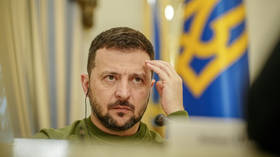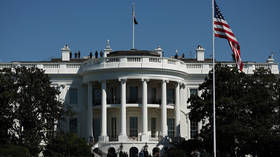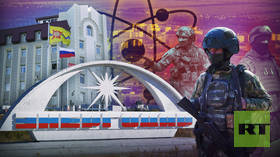UFO no more: Crashed rocket found on the Moon
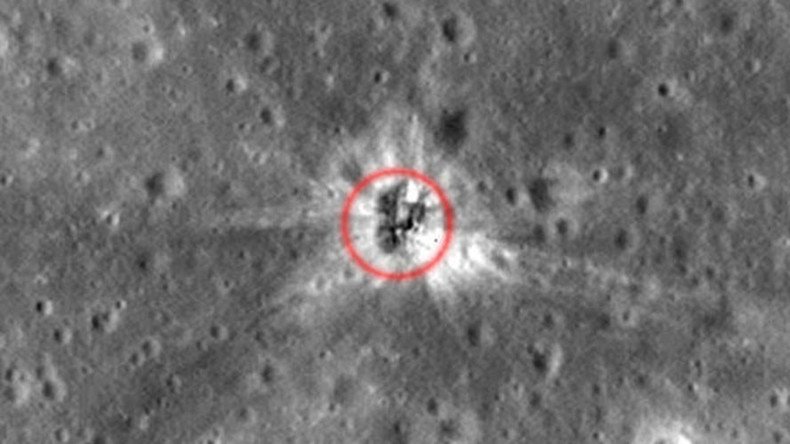
NASA has solved a 43-year-old mystery by finally locating Apollo 16’s rocket booster, the third stage of a Saturn V rocket that crash landed on the moon in 1972.
High-res images of the spacecraft were captured by NASA's Lunar Reconnaissance Orbiter (LRO), launched in 2009 and unveiled by US space agency earlier this month.
The crash site, which looks like a popped pimple on the man in the moon's face, is in the Mare Insularum neighborhood, about 160 miles southwest of the Copernicus Crater.
“Earlier in the LRO mission, the Apollo 13, 14, 15 and 17 impact sites were successfully identified. In the case of Apollo 16, radio contact with the booster was lost before the impact, so the location was only poorly known," read NASA's announcement.
Jeff Plescia, a planetary scientist from John Hopkins University’s Applied Physics Laboratory, told the blog Inside Out Space that the plan was to crash the rocket booster into the Moon with the intention of measuring seismic activity on Earth’s natural satellite.
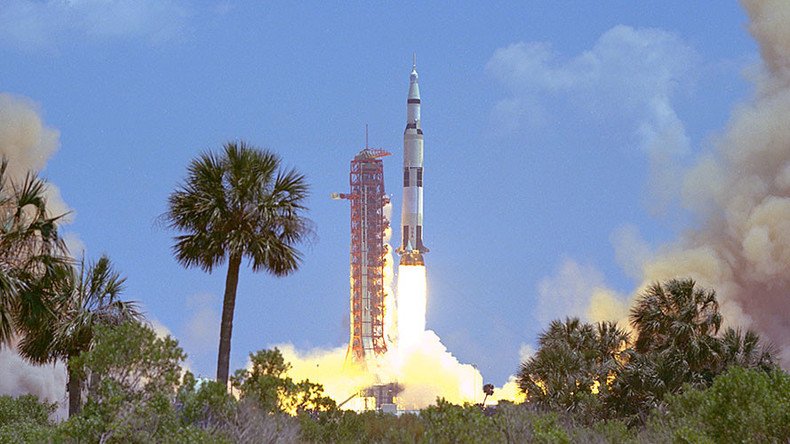
READ MORE: Venus’ orbit inserted by Japanese probe
When the booster failed to follow the established route, the location of its crash site was unknown - until now.
"I did finally find the Apollo 16 SIVB crater. It looks like the others, but its position was much more poorly defined since the tracking was lost prior to impact," said Plescia.
The Apollo 16 mission was the first to land in the lunar highlands - with the mission of checking whether some of the Moon’s mountains were volcanic in origin.
Astronauts John Young and Charles Duke spent almost three days on the lunar surface, gathering samples. The follow-up mission, Apollo 17, would be the program’s last.
NASA’s LRO is also looking for Russia’s Luna 9 probe, which landed on the moon in 1966. The spacecraft was the first to achieve a soft landing on any planetary body - and transmit photos of the lunar surface back to Earth.



